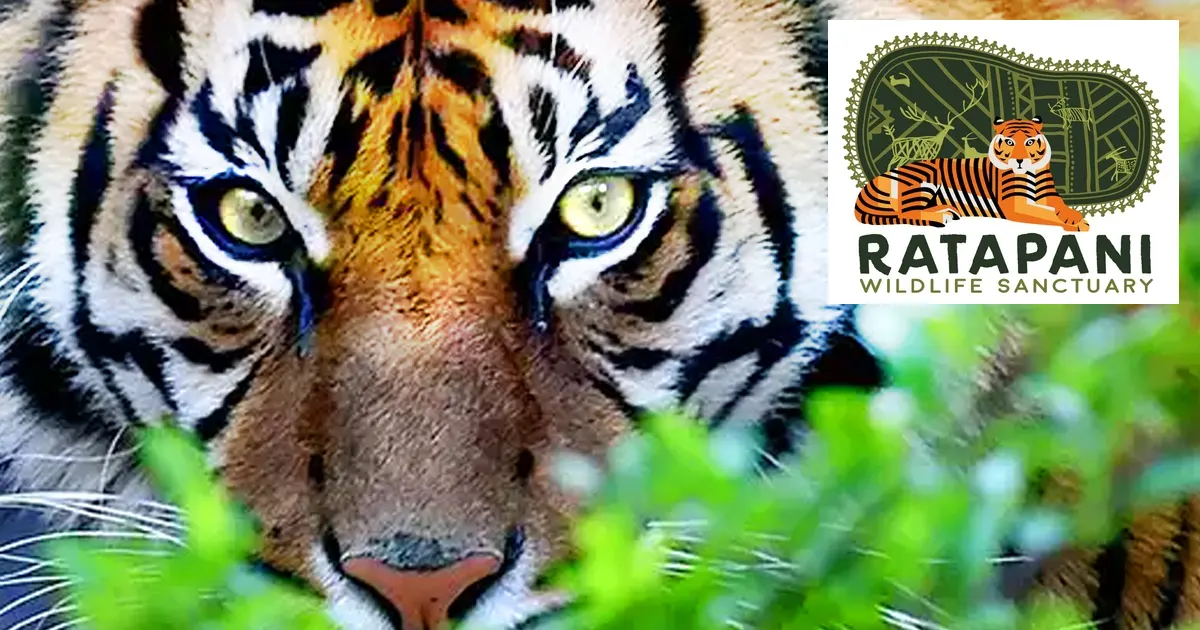
Context:
The Madhya Pradesh government has officially designated the Ratapani Wildlife Sanctuary as the state’s 8th Tiger Reserve.
Key Facts
- Location:
- Situated in the Vindhyachal Mountain Ranges of Madhya Pradesh.
- Evolution of the Reserve:
- Declared a wildlife sanctuary in 1976.
- Expanded in 1983.
- Received approval from the National Tiger Conservation Authority (NTCA) to be a tiger reserve in 2008.
- Officially notified as a tiger reserve in 2024.
- Biodiversity:
- Flagship Species: Tigers.
- Other Wildlife: Leopards, Hyenas, Jackals, and herbivores like Chital, Sambar, and Nilgai.
- Avian Diversity: Includes the Paradise Flycatcher, the state bird of Madhya Pradesh.
- The 2022 census highlights a thriving ecosystem that supports diverse fauna.
- Cultural Significance:
- Home to the Bhimbetka rock shelters, a UNESCO World Heritage Site, showcasing prehistoric cave paintings of global archaeological and historical importance.
Importance of the Ratapani Tiger Reserve
- Ecological Significance:
- Contributes to the conservation of tigers and their prey species, bolstering India’s biodiversity.
- Strengthens habitat connectivity with other reserves in Madhya Pradesh, enhancing genetic diversity among tiger populations.
- Cultural and Historical Value:
- Bhimbetka rock shelters link the reserve to early human history, making it a unique blend of ecological and cultural heritage.
- Economic and Tourism Potential:
- Offers potential for eco-tourism and educational activities centered on wildlife and historical exploration.
- State Conservation Efforts:
- Reinforces Madhya Pradesh’s reputation as the “Tiger State of India”, with the highest tiger population in the country.
Way Forward
- Conservation Initiatives:
- Strengthen anti-poaching measures and wildlife monitoring systems.
- Promote community participation in conservation efforts.
- Sustainable Tourism:
- Develop eco-tourism strategies that balance wildlife conservation with local economic benefits.
- Integration of Cultural Heritage:
- Highlight the Bhimbetka rock shelters in conservation narratives to enhance public engagement and awareness.




